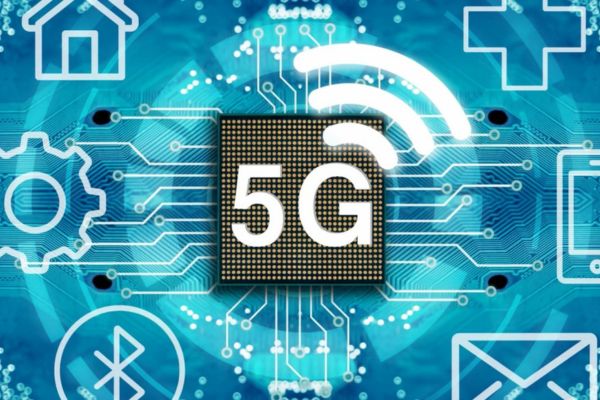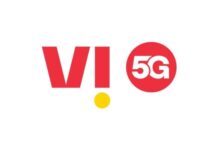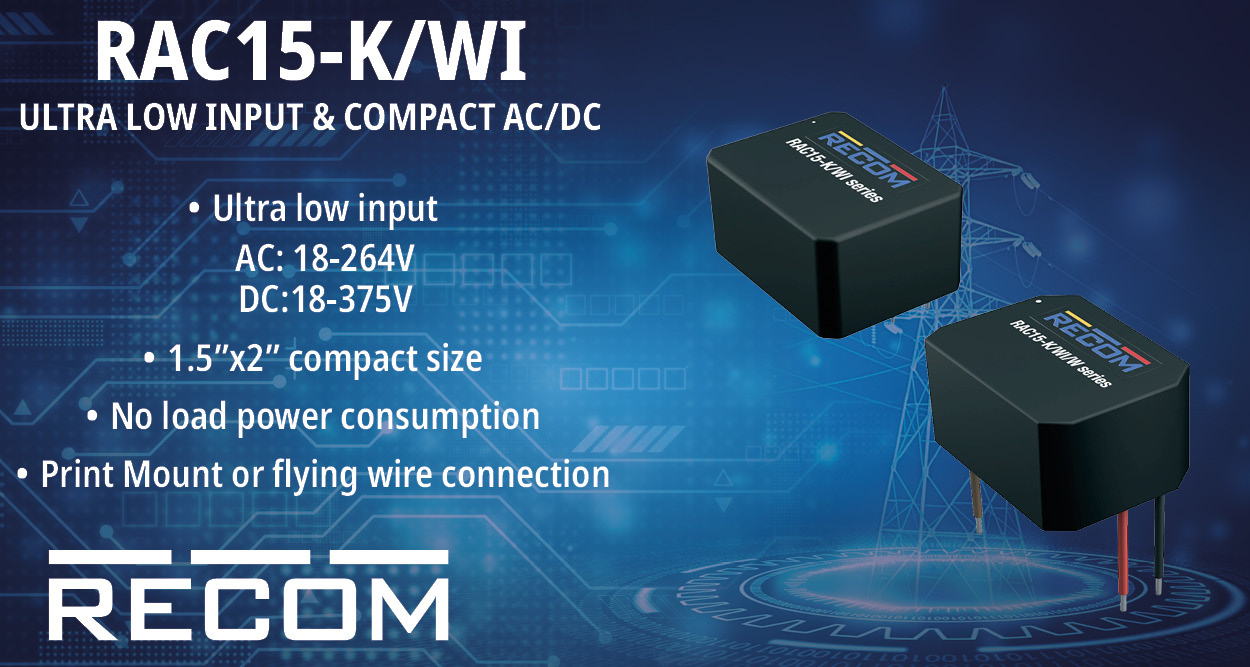5G is witnessing rapid adoption globally, owing to its significant advantages over previous generations of wireless technology. 5G technology offers significantly faster speeds, lower latency, and increased bandwidth, enabling new applications and industries. These improvements are driving the increased adoption of 5G across various sectors, including IoT, mobile internet, and industrial automation.
The rising adoption of 5G is driving the demand for robust 5G testing equipment. Given the high speed and complex architecture of 5G technology, precise testing is essential to ensure network reliability and performance. 5G testing equipment assesses and verifies several aspects of 5G equipment and supports the deployment of next-gen applications with confidence and accuracy.
5G Testing Equipment Market: Overview
The 5G testing equipment market encompasses a suite of advanced tools and devices used to analyze, measure, validate, and troubleshoot the performance of 5G technology. The equipment evaluates the performance and reliability of 5G networks, devices, and infrastructure.
5G testing equipment measures the ultra high-speed and low latency expected from 5G network and devices. It also validates network performance by simulating real-world conditions to assess how 5G networks handle traffic, signal strength, and user mobility. Moreover, it ensures device compatibility by checking how 5G-enabled devices like smartphones, routers, and IoT gadgets perform under various network scenarios.
5G Testing Equipment Market Metrics
The 5G testing equipment market is poised to register significant growth, according to the latest market research analysis by Polaris Market Research. The 5G testing equipment market size, valued at USD 2,006.70 million in 2024, is poised to reach USD 5,084.10 million by 2034. The market is poised to exhibit a CAGR of 9.8% from 2025 to 2034.
Key Technologies Validated by 5G Testing Equipment
One of the core purposes of 5G testing equipment is to optimize and validate the advanced technologies that differentiate 5G from the previous generations of networks. These technologies include millimeter wave (mmWave), massive MIMO, beamforming, and network slicing.
Millimeter Wave (mmWave): Millimeter wave (mmWave), also known as millimeter band, refers to electromagnetic waves that carry a wavelength between 10 mm and 1 mm and a frequency between 30 GHz and 300 GHz. These frequencies allow for extremely high data speeds and bandwidth. However, the shorter wavelength of these waves makes them highly susceptible to signal attenuation and other physical obstruction. Testing tools help evaluate the performance of these waves in different environments, including indoor, urban, and high-mobility scenarios.
Massive MIMO (Multiple Input, Multiple Output): Massive MIMO is a type of wireless communication technology that employs a large number of antennas at the base station to enhance network capacity and efficiency. The testing of these systems involves analyzing beam patterns, spatial multiplexing efficiency, and signal quality across several users and directions. This is important as it ensures that massive MIMO can handle dense traffic loads while reducing interference.
Beamforming: In 5G, beamforming is a technique that directs wireless signals towards specific locations or devices, instead of broadcasting them in all locations. This, in turn, improves signal strength and efficiency. Testing beamforming involves the evaluation of several factors, including alignment accuracy and the beam steering capabilities of antennas. In addition, it assesses the system’s ability to maintain strong networks even in highly dynamic environments.
Network Slicing: Network slicing is a configuration that allows operators to create multiple networks on top of a shared physical network infrastructure. Each of these slices can be used for specific use cases, such as high-bandwidth slices for streaming or low latency networks for autonomous vehicles. Testing of network slices demands the emulation of different service scenarios and ensuring that the performance between slices meet the defined service level agreements (SLAs).
What’s Driving 5G Testing Equipment Market Demand?
Growing Adoption of 5G and Connected Devices
In today’s hyper-connected world, billions of devices across homes, cities, and industries rely on high-speed, low-latency network communication. From autonomous vehicles and industrial sensors to smart appliances and wearables, these devices function under varied conditions and demand seamless connectivity, which 5G is designed to deliver. As a result, comprehensive testing is essential to ensure performance, interoperability, and reliability across various 5G-enabled use cases. 5G testing equipment plays a crucial role in simulating real-world environments and ensuring efficient data-transformers, especially in high-stake applications like manufacturing, automotive, and healthcare.
Rising Number of Data Centers
Data centers are the backbone of digital infrastructure supporting 5G networks. The surge in data-intensive applications such as cloud computing, artificial intelligence, Internet of Things, and video streaming has created a need for robust data centers capable of handling and managing high volumes of real-time data. 5G networks rely heavily on these data centers for efficient processing and routing of information, enabling low latency and high-speed connectivity. With the rising establishment of edge and hyperscale data centers to meet 5G requirements, rigorous testing of the network and data transmission capabilities becomes essential.
Who Offers 5G Test Equipment?
The competitive landscape of the 5G test equipment market features a mix of global leaders and regional players. These companies leverage strategic initiatives such as partnerships, mergers and acquisitions to expand their reach. Also, they use research and development to offer highly innovative solutions. A few of the key companies offering 5G test equipment include:
- Rohde & Schwarz
- Ceragon
- Anritsu
- Fortive
- Intertek Group Plc
- Artiza Networks, Inc.
- EXFO Inc.
- Teradyne Inc.
- VIAVI Solutions Inc.
- Keysight Technologies
- MACOM
Summing Up
To conclude, the 5G testing equipment market is poised to witness significant growth, fueled by the widespread adoption of 5G technology and the growing complexity of 5G networks. As demand for high-speed, low-latency network intensifies, robust testing becomes crucial for ensuring network reliability and device interoperability. Advancements in IoT, edge computing, and data centers will further propel market expansion.

















